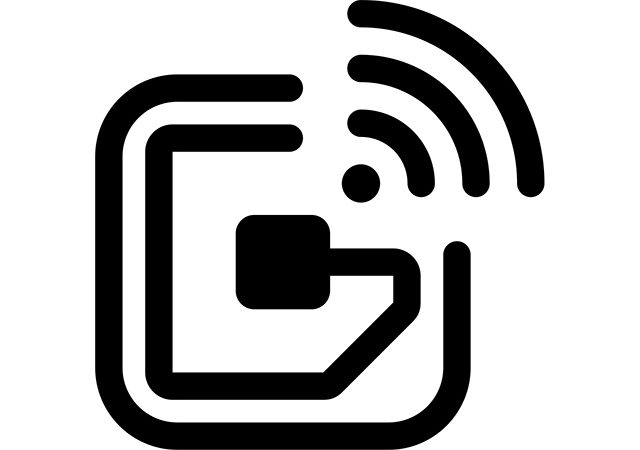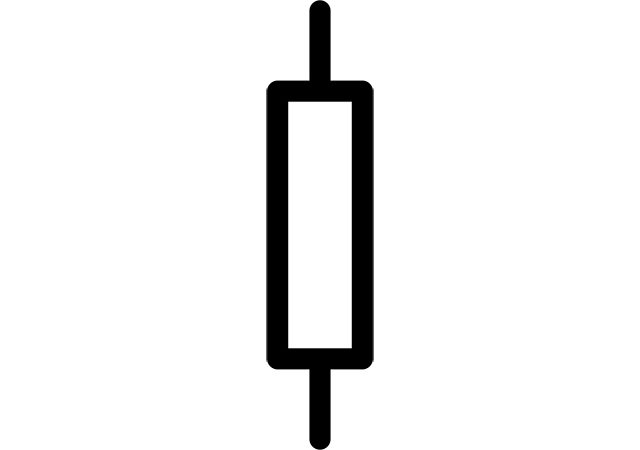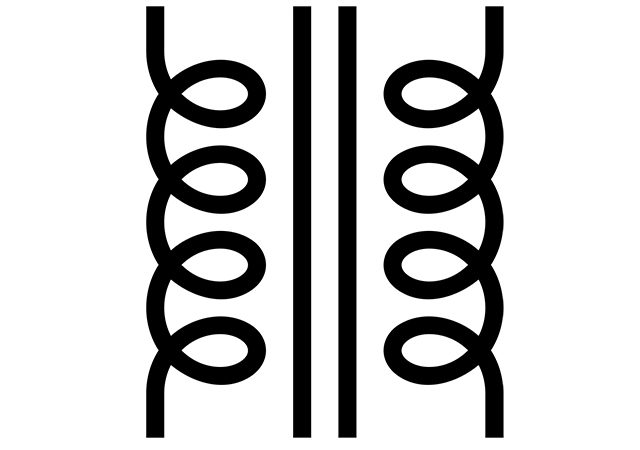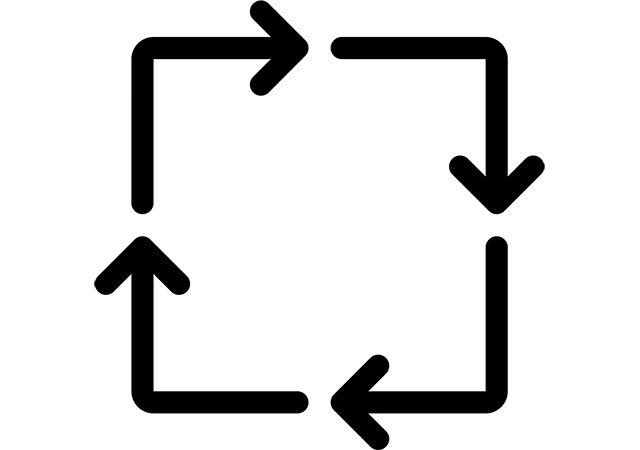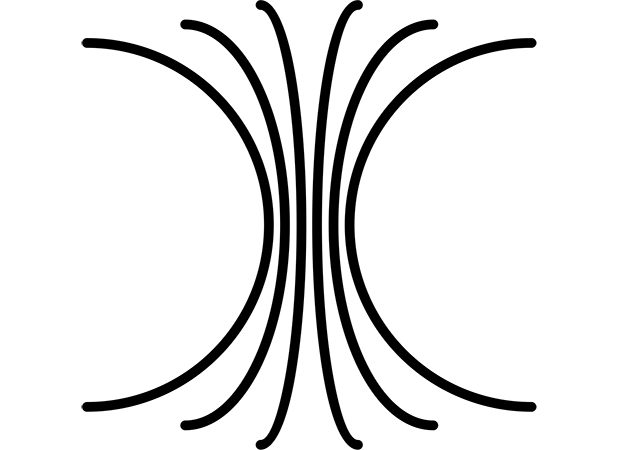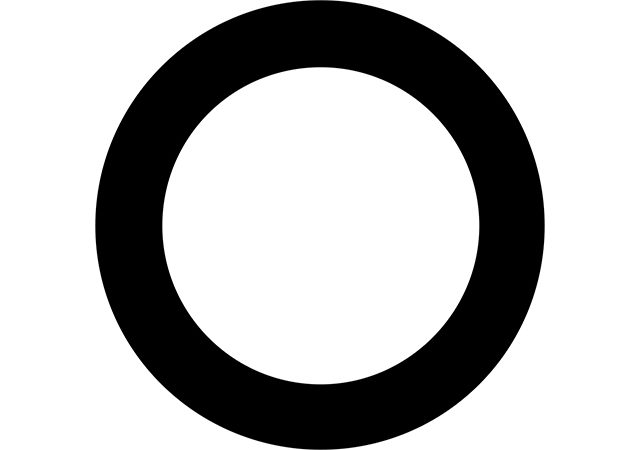This post tells about impedance in microwave network analysis. Impedance was first used to describe the relationship VIin AC circuits. Later the concept of impedance…
Category: RF Electronic Devices and Systems
RF Electronic Devices and Systems Design: Preface
Aim of the study element
To introduce the principles and basic concepts RF and microwave theory, acquire knowledge about noises, non–linear effects, wireless systems, their design and measurement methodology and technology.
Learning outcome
Having successfully completed this element you will be able to:
- Successfully use transmission and electromagnetic and transmission line theories for microwave electric circuits.
- Be familiar with the basic concepts of RF and microwave devices.
- Make successful microwave analysis with CAD instrumentation and analytical tools.
- Have knowledge about non–linear effects and noises in microwave devices.
- Be introduced to and will be able to design the most commonly used microwave systems.
Covered topics
- Introduction into microwaves.
- Scattering parameters, impedance matching and tunning, Smith chart.
- Microwave network analysis.
- Microwave resonators.
- Power dividers and directional couplers.
- Microwave filters, and design of ferromagnetic components.
- Active microwave devices.
- Noise and non–linear distortion.
- Basics of microwave systems/applications.
RF signals – introduction
The radio frequency and microwave field deals with AC signals, with frequencies ranging from 100MHz to 1,000GHz. Radio frequencies usually refer to signals from…
Transmission line theory
The transmission line theory, in contrary, works in conditions where the transmission line is equal to a part of the signal wavelength. The transmission…
Smith Chart
The Smith Chart is shown in Figure 1. It is a very useful tool for solving the problems of RF engineers with regards to…
Quarter-wave impedance transformer
The quarter-wave impedance transformer is a device that matches the transmission line and the impedance and is shown in Figure 1. Let's consider the…
Transmission line circuit for mismatched load and generator
Let's consider the most general case of a circuit, where we have the arbitrary loads Z1, Z2 and an arbitrary generator. The input impedance of…
Transmission line losses
All transmission lines are characterised by conductivity and dielectric losses. In some cases losses can be neglected, but not in others. When losses are…
Fields in transmission lines
Let's consider the general case of electromagnetic waves propagation in transmission lines. Transmission lines can be cylindrical with a parallel core, or can be…
Rectangular waveguide
This post answers the question "What is rectangular waveguide?". In order to find the transmission line impedance and the fields in the transmission line,…
Circular transmission lines
A circular waveguide is schematically depicted in Figure 5. To consider its parameters we will employ the polar coordinates with radial components ρ and…



